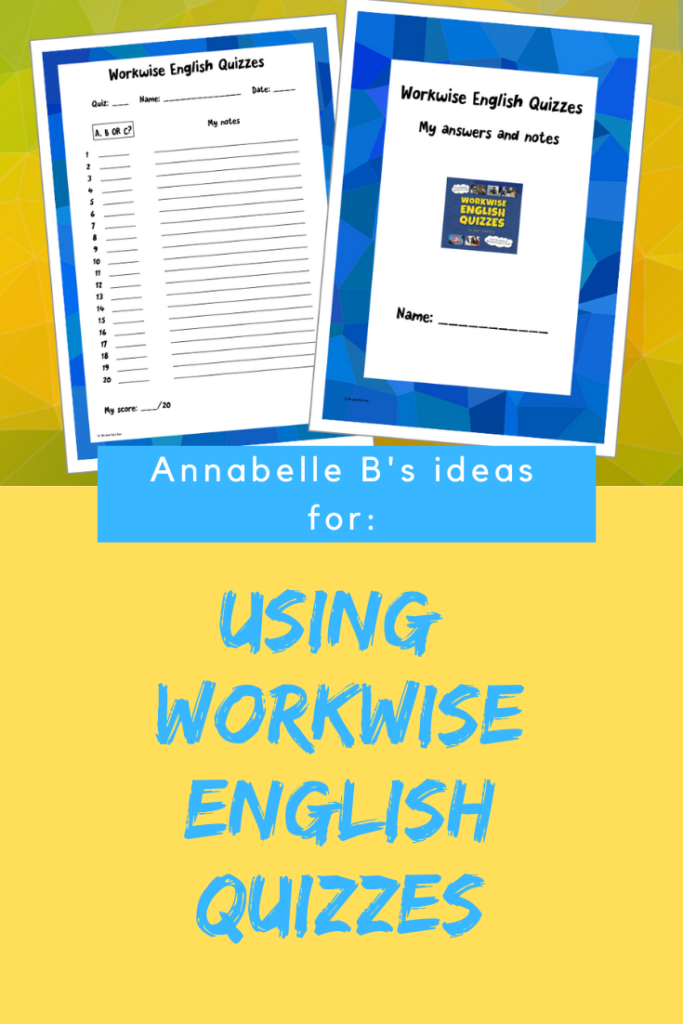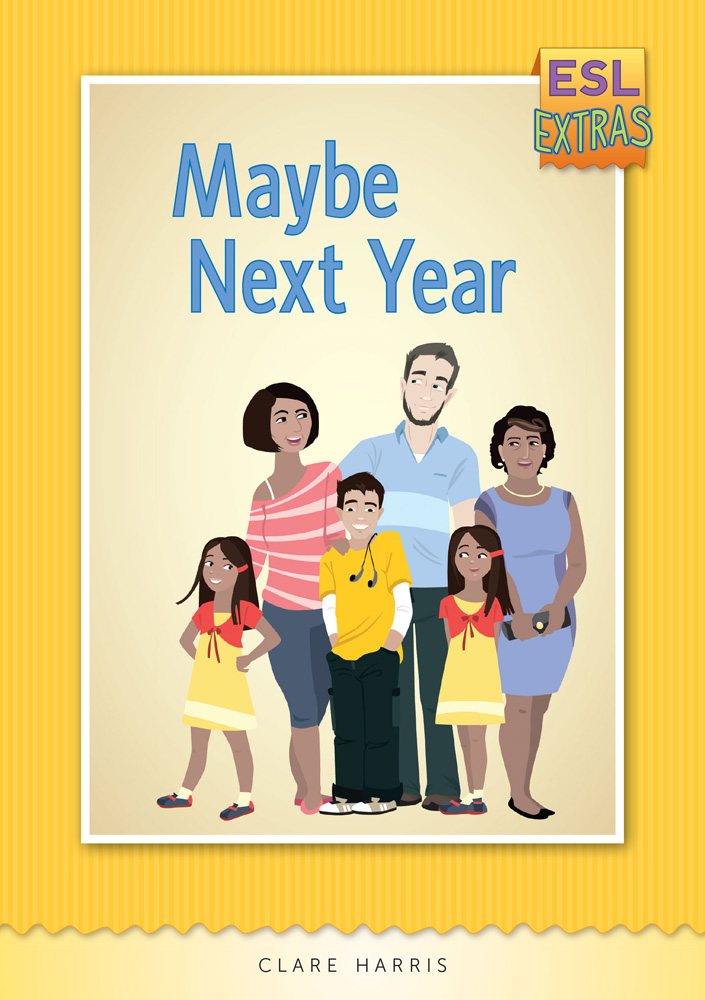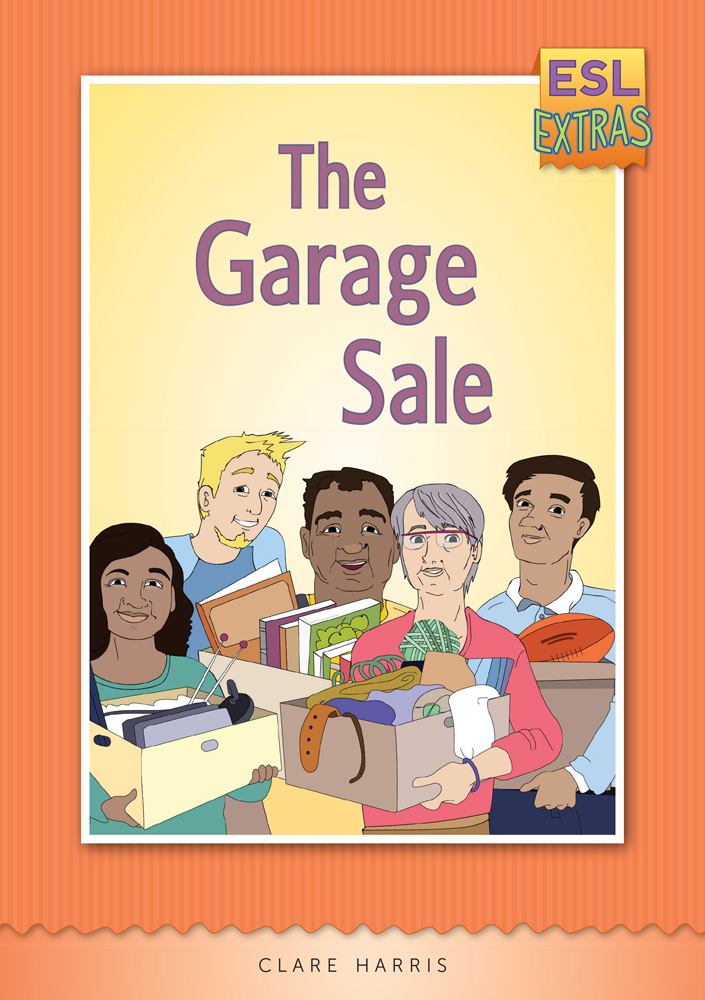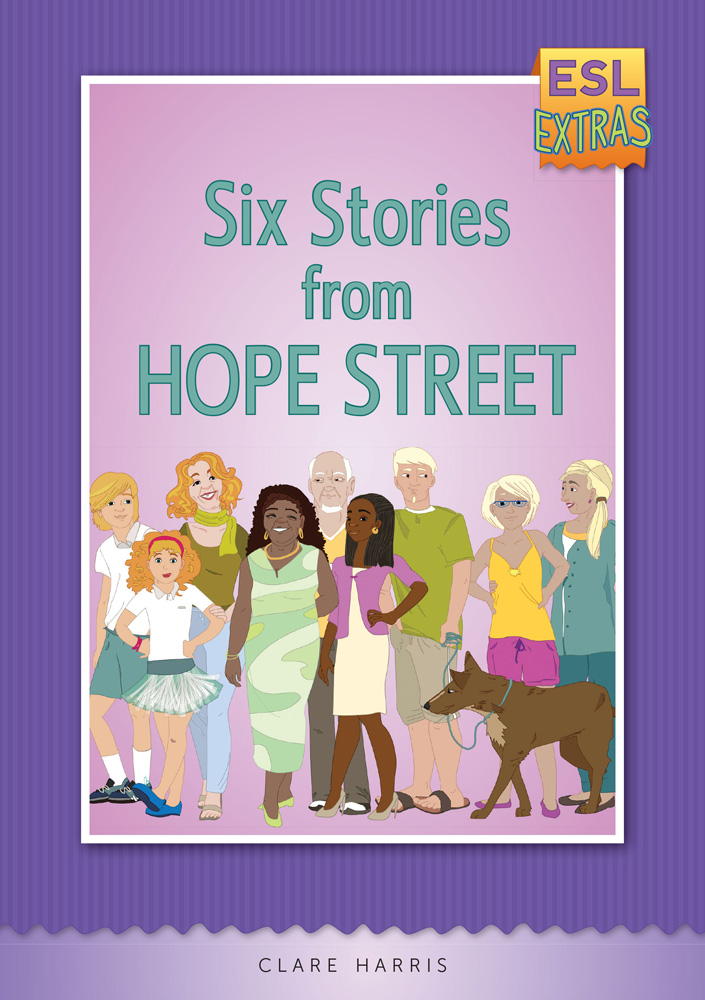
When I create resources, I have an idea of how they’re going to work (and have them trialled with that in mind). However, there are always other ways of doing things, and I learn so much from teachers who have their own insights and approaches.
My last interview was with Betsey; this time it was another experienced teacher, Annabelle B, who invited me into her class, to meet students who’d been doing Workwise English Quizzes. Of course it was fun to be a very minor celebrity, and to see the retention that had happened, when students enthusiastically shared the new expressions and words they’d learnt, but the most interesting part for me was Annabelle’s approach.
This is my chat with her about it – plus a new checklist to download, based on the way she works with the quizzes. (Thanks for the idea, Annabelle!)
So Annabelle, tell me about your class…
It’s an evening class, combined levels 2 and 3, and it can be hard for students to get there on time after work. I always have an activity to start the class that people can join in with when they arrive, and on Wednesday evenings, it’s a quiz.
But you don’t do this as a teamwork exercise…?
No – my whole focus for this has been to wean students off their ‘phone reliance’.
Phone reliance? Like using translation apps?
Translation apps are fine, but not when students feel they have to look up every word in order to understand a text – and that was happening with some students.
So I’ve been using the quizzes as a low-stakes ‘predict the meaning from context’ exercise. Students have to try to work out the answer, rather than reaching for their phone. If they’re wrong – well, that’s fine – they’ve learnt something new.
And has that worked?
Yes! At first, some learners would write in pencil and then rub out their answer if they found they’d made a mistake. Now they’re brave enough to make a prediction and to commit to it. They’re really enjoying the quizzes, and the whole experience.
The quizzes aren’t too slow, compared to online quizzes?
No – for these students, the WEQ quizzes work better, and they like the regular 20-second countdown format. I like the way the questions are quite random, with grammar, vocab and idiom all mixed up. It seems as though things even out – some students are better at grammar, while others have been here longer and know more Aussie idiom, or know words like ‘tractor’.
I’m doing this regularly, though. You can’t ask students to let go of their phones just once – they need ongoing practice in predicting from context.
And the practical part?
I ask students to number a page from 1-20, write down their answers (A, B or C), then at the end, we check them together.
They can see how many questions they got right without checking, and we can talk about tricky questions or look at extending the language for easy questions. They can also make notes on ‘new language to remember’.
Would it be useful to have a printed checklist?
Of course! And maybe a cover, for teachers who are doing a quiz a week?
So here they are: a little checklist that you can download and print, in case you want to make the quizzes look a little more ‘official’, plus a ‘cover page’ if you’re making this a regular thing.
If you haven’t used Workwise English Quizzes yet, there are free quizzes on YouTube, for you to try out with learners.








